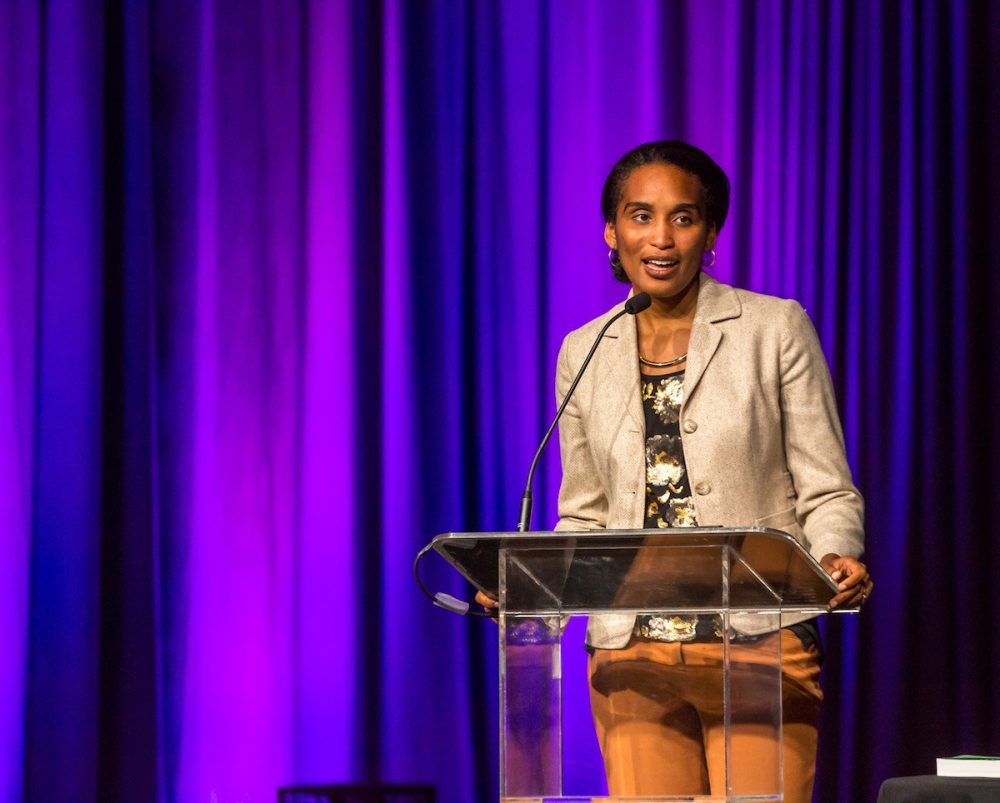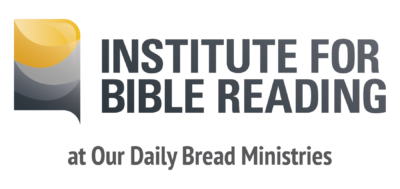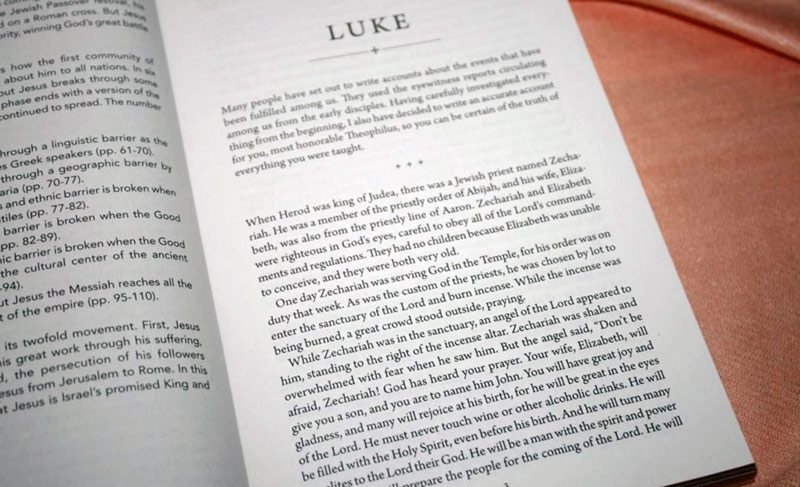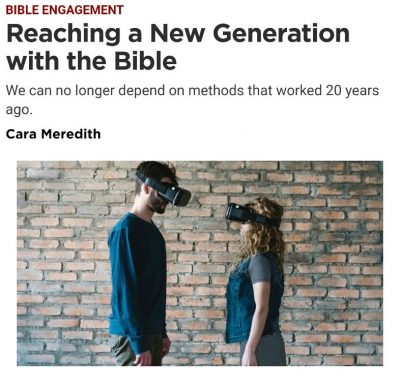The Bible isn’t doing very well among us. While a lot of older folks tend to still hold the Bible in high esteem, younger people increasingly are not so sure. But even more importantly, neither group is reading it much. There is a group of people who reference the Bible pretty regularly—taking in a verse for devotions here, or looking up a topic there—but when it comes to flat out reading the Bible there has been a steady decline going on for decades.
Why is this happening?
Lots of reasons most likely, and we can’t talk about all of them right here. But part of the problem is surely what we’ve done to complicate the form of the Bible, as well as the kind of Bible practices we’ve developed around this new reference book format.
By continually adding more things to the visual form of the Bible (chapters, verses, section headings, cross-references, footnotes, etc.) we’ve essentially changed what people think the Bible is. Who reads a reference book? So we’ve seen people actually engage with the Bible less and less. And now we’re in danger of seeing the majority of the next generation ignore it completely.
But these are problems we can do something about. And that’s why the Institute for Bible Reading has developed a brand new deep Bible engagement program called Immerse.
What’s different?
Immerse begins by bringing an elegant simplicity back to the Bible itself. All those additives like chapters and verses that have been accumulating over the centuries? They’re gone. What’s left is a clean, beautifully designed Bible that combines the science of good design for reading with an attentiveness to the natural literary form of the original Scriptures. Poetry looks like poetry. Letters read like letters and stories read like stories.
The modern chapter and verse overlay on the Bible imposes a foreign structure and hides the natural form of the Bible’s books. Often these numeric markers are in the wrong place, dividing up the books incorrectly. So Immerse restores each book’s original literary format. For example, in Matthew’s gospel we can see Jesus presenting a “new Torah” through the five natural sections marked off by repeated variations of the phrase, “When Jesus had finished saying these things.” Other elements like the parallelism of Hebrew poetry, the three parts of ancient letters, the continuous flow of narratives—all this and more can be easily seen in this fresh new presentation of the Scriptures.
Then we’ve arranged the books into a new order that helps readers navigate bigger parts of the Bible in a way that makes sense. For instance, rather that bunching all the Gospels up at the front of the New Testament, we’ve spread them out and put each one together with the books that naturally go with it. Paul’s letters are now in the order he likely wrote them. We’ve re-combined books that were artificially separated, like Luke–Acts and Samuel–Kings.
The result is a fresh new Bible presentation, built for great, comfortable reading. Now readers can feast on whole books, rather than nibbling on verses here and there. This is the way the Scriptures were meant to be read.
But that’s not all. Another key practice we’ve been neglecting is the experience of the Bible together in community. Again, history can be our guide. When the Scriptures were first presented they were always shared, heard, and lived out within an assembly of God’s people. Immerse gathers the family of God once again to have open, honest conversations around God’s Word. Sadly, we have not been having these conversations. But now we can. We can rediscover and re-engage the Bible that’s always been there, the beauty hidden behind the mask.
An Ancient-Future Rhythm with the Bible
In ancient times God’s people dove deep into the Bible by following a regular pattern of weekly reading that would take them through the Scriptures in three years. We can take up this rhythm of ongoing immersion in the sacred words once again.
The Bible can be freed to be the agent of transformation that it was always intended to be.
If you are interested in getting your church involved in Immerse, click here to learn more.
 Over 40,000 people participated in the Covenant Community Bible Experience last year, which presented churches with the opportunity to read through the entire New Testament together. Many of the people who took part began asking, “What’s next?”
Over 40,000 people participated in the Covenant Community Bible Experience last year, which presented churches with the opportunity to read through the entire New Testament together. Many of the people who took part began asking, “What’s next?”

 That’s why I loved this article,
That’s why I loved this article, 